The exhibition entitled "About Life and Death" was present at the Parter Gallery on Iuliu Maniu Street no. 3, opened on 13.03.2025 and ended its stay at the gallery on 27.04.2025.
The very list of artists exhibited in the exhibition brings up the issue of life and death from the very beginning, as among Ana Lupaș, Mircea Spătaru and Rodica Svințiu the name of Dorin Panga is also mentioned, the one who died far too soon, but not before having influenced his generation colleagues artistically and conceptually, so much so as to dedicate this exhibition to the great artist he could have become. About life and death and at the same time about the "art of the memory of forgetting", as the attempt to outline the brilliant future of an artist who did not have the opportunity to fulfill himself is described, description placed in the imposing text that greets the visitor at the beginning of the exhibition, a text entitled "Cenotaph for Dorin".
At the end of the exhibition visit, once the viewer has seen each work individually and has been confronted with each title, they can realize that they have been carried along a very carefully thought-out conceptual thread. The exhibition begins with the series signed by Ana Lupaș, entitled "Memories of the First Life", papier maché, 1996, and continues with another series by Ana Lupaș, “Sketches for a Round Tomb”, pencil on paper, 1977-1978, a series that marks the way to the projection of the film made by the same artist, “Preliminaries for a Round Tomb”, video, Budapest, 1991. These works are followed by Rodinca Svințiu's works, which stage the "Way of the Cross", oil on wood, 1988. Then comes the works of Mircea Spătaru, entitled "The Making of the World, The Point, the Beginning of the Drawing", charcoal on paper, 1973, “Hrist”, bronze, 1990, "The Relics", bronze, 2006, “My Ancestors”, plaster, 1962, “Maternity”, bronze, 60s, “The Entombment”, acrylic on canvas, 1977. Therefore, from the idea of a possibility of a new life after death to the idea of death, forming an organic, fluid, and intellectually exciting cycle.
The techniques used in the making of the works on display cover a wide range of materialities and formats, from works in more conventional techniques such as bronze sculpture, charcoal drawing, or oil painting to papier mâché or even video art. 
Conceptually "On Life and Death" is a deeply spiritual exhibition, conceived on a philosophical and theological foundation very well clarified by the text, in which the existence of man on earth is seen only as a passing stage, an episode of transition, and the exhibited artists try to plastically imprint the traces that man leaves behind this transition, such as "the trembling of the waves from the wake of a boat on water". The idea of the exhibition is a true resistance and rebellion against the end that death places so drastically and cruelly on human creative potential, and this act of rebellion against the finitude of death is guided by the sense of a duty felt by the artistic collective, that of telling the story of "invisible and unfulfilled lives", like that of their former colleague, Dorin Pagna. An exhibition that tries to capture that "ray of eternity" to which, says Rilke, is the goal of every creative life, in an act of revolt against the irreversible death sentence.
On this thread is born the question that guides the entire creative spectrum exhibited in the exhibition: "How to tell the story of the dead, how to think about their presence among us-or their absence—without denying the irreparable nature of their tragic death?" Each work can be seen as an answer to this question.
A few works stand out in the set and deserve to be analyzed in more depth to better understand the artist's response to the exhibition's question.
From the apparent ephemerality of those "waves", which metaphorically transpose the imprint of man in life, the artists try to make something eternal and palpable, as can be seen very well in Ana Lupaș's attempt to visually transpose something as fragile and delicate as the concept of memory into a very impactful form and, at the same time, with a feeling of intimacy. Due to the technique used, the work "Memories of the first life" becomes in itself a visual exploration of a constellation of the most delicate contrasts that wear an expressive materiality.
The exhibition's relationship with the Christian vision of life and death is evident once we go through the exhibition text where it is highlighted that even the temporal coordinates of the exhibition, during the Triodion period, were thought out in such a way as to make reference to the idea of the transient moment before the event of life after death, but even more so by the series of works, placed above the text, "The Way of the Cross". At first glance, Rodinca Svințiu's work, due to its format, iconography, and theme, might seem like another staging of the "Way of the Cross" theme. Still, once the contemplation of the works in part and as a whole settles in, the viewer realizes the finesse of the artist's intention to paint as if someone is praying, with the simplicity and plastic purity of a pictorial prayer, as once Gian Lorenzo Bernini characterized a painting of Nicolas Poussin “The painting could be compared to a beautiful prayer that you listen to with tense attention and from which you leave without saying a word, because the effect is felt inside.”. Works that have in their essence the permanent awareness of resurrection, although the path to death traveled by Jesus is illustrated.
From the canon, to the expressive power of charcoal on paper unleashed in aesthetically and intellectually penetrating rhythms, given the title "The Creation of the World, The Point, the Beginning of the Drawing". A true graphic parable of the birth of the world and a visual transposition of the conglomerate of nothingness and substance. The support itself has a very special expressive quality, the folds and edges coordinating the viewer's gaze and contributing fundamentally to the rhythmic flow of reading the work.
In front of The Relics, all the solemnity that envelops the entire exhibition is concentrated. Their appearance has an intimate and earth-shattering character simultaneously, with games of planes, shadows, and lights, in accordance with the light that penetrates the exhibition space. Thus, the ephemerality and spontaneity of light are found in the same place as the apparent finitude of death.
The way the exhibition was paneled and staged shows elegance and a deep understanding of the spatial needs of each individual work. "On Life and Death" is an airy and sensitive exhibition from the point of view of the organizers' relationship with the exhibited works, as each work receives a perimeter of its own and is uncrowded by anyone in which to unfold.
The lighting is also intelligently thought out, with an ideal fusion between artificial and natural light, the natural one falling on the sculptures and acting as an actor in their aesthetic perception.
The lack of descriptive labels next to the works can cause confusion and slight disorientation in the absence of a brochure or a catalog.
Finally, the exhibition "On Life and Death" is an almost perfect example for any curator at the beginning of his journey and a profound staging of an essential issue in the existence of every human being: life and death.
Bibliography:
Rainer Maria Rilke, Scrisori către Auguste Rodin, Editura Meridiane, 1986, București.
John Rupert Martin, Barocul, trad. Ana Oțel Șurianu, Editura Meridiane, 1982, București.
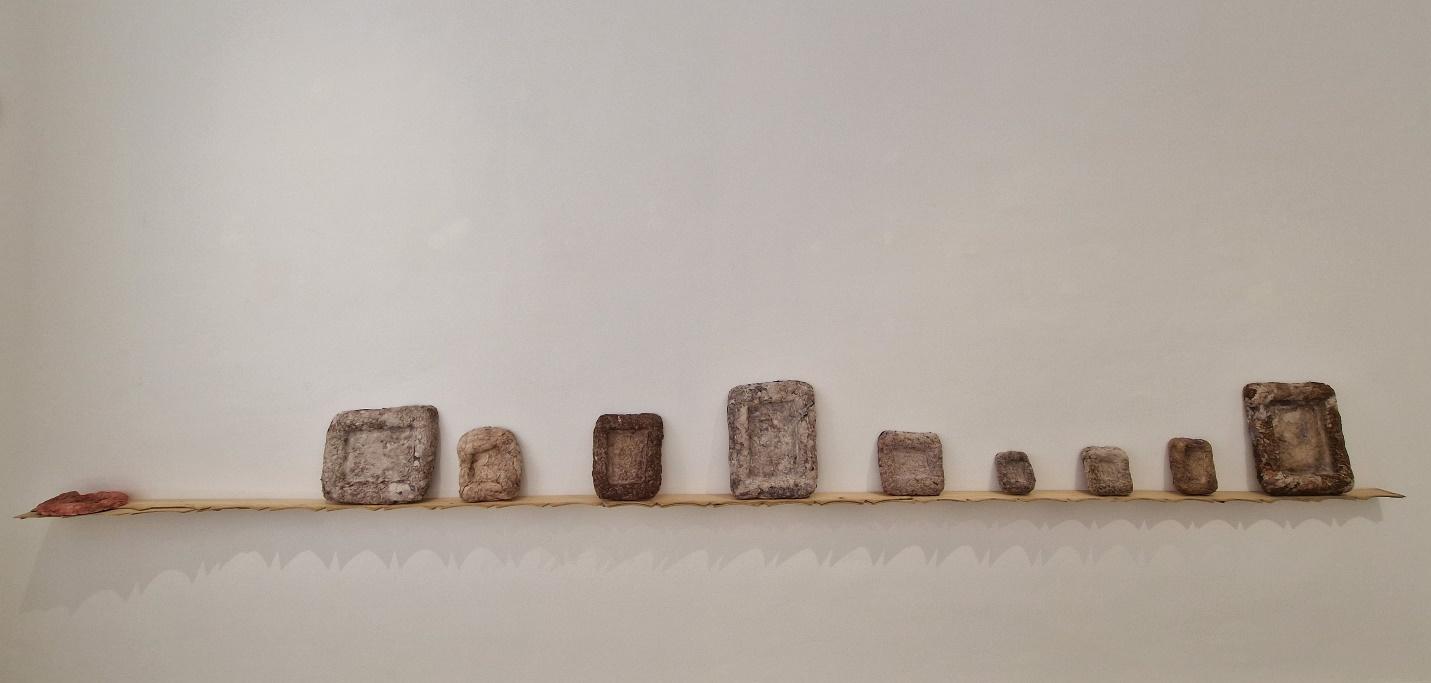
Ana Lupaș - "Memories of the First Life".
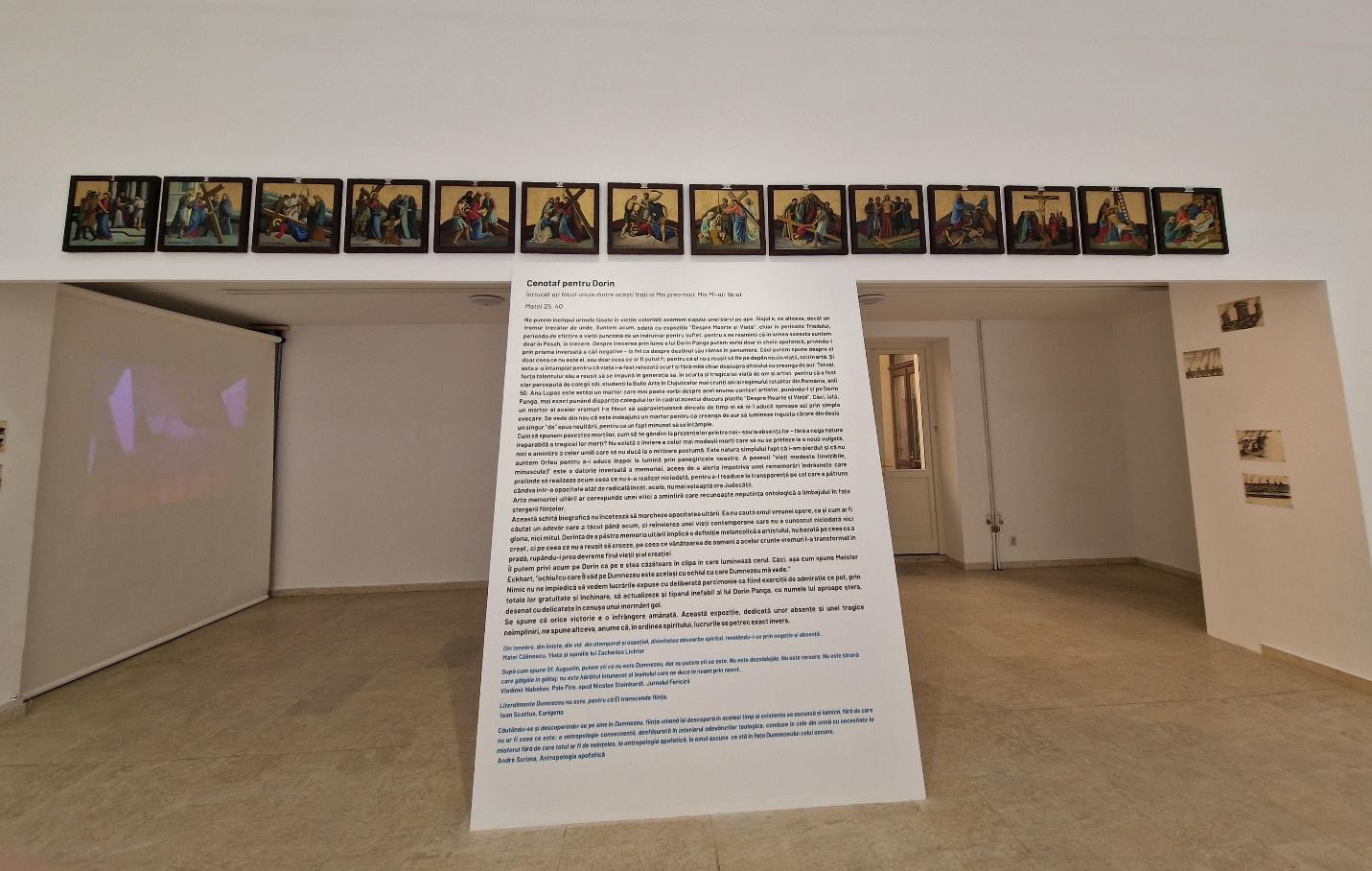
Rodinca Svințiu - "Way of the Cross".
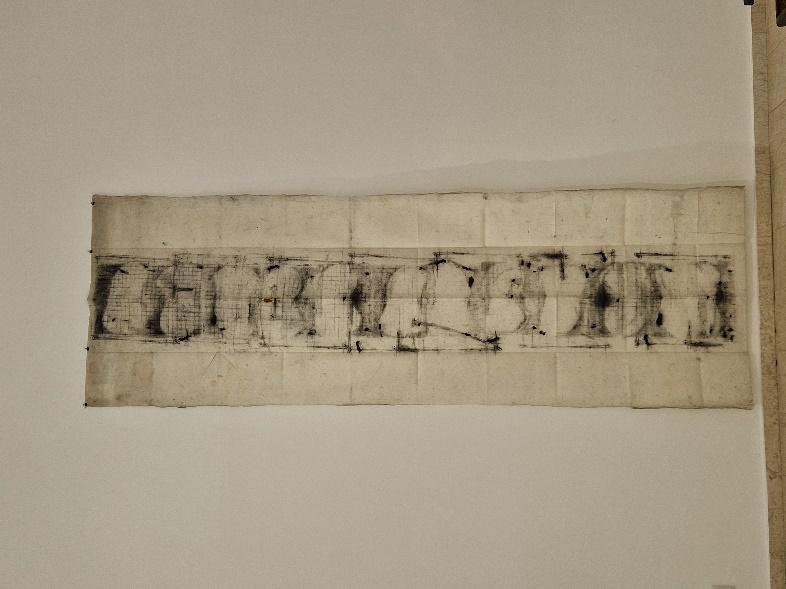
Mircea Spătaru - "The Making of the World, The Point, the Beginning of the Drawing".
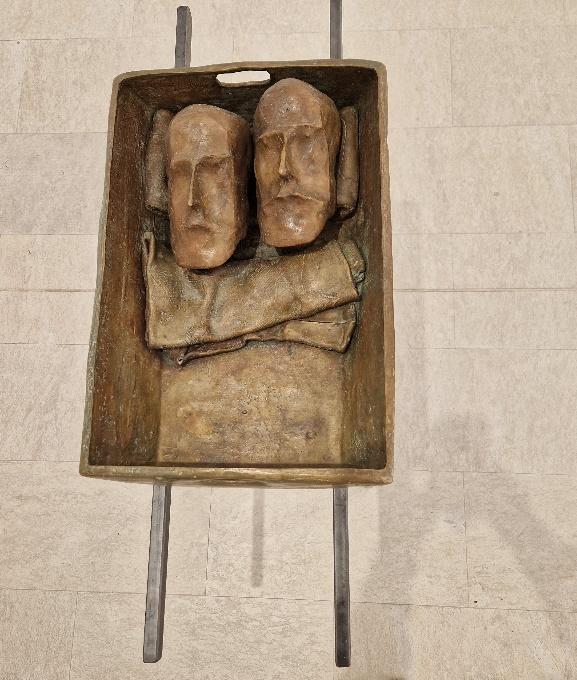
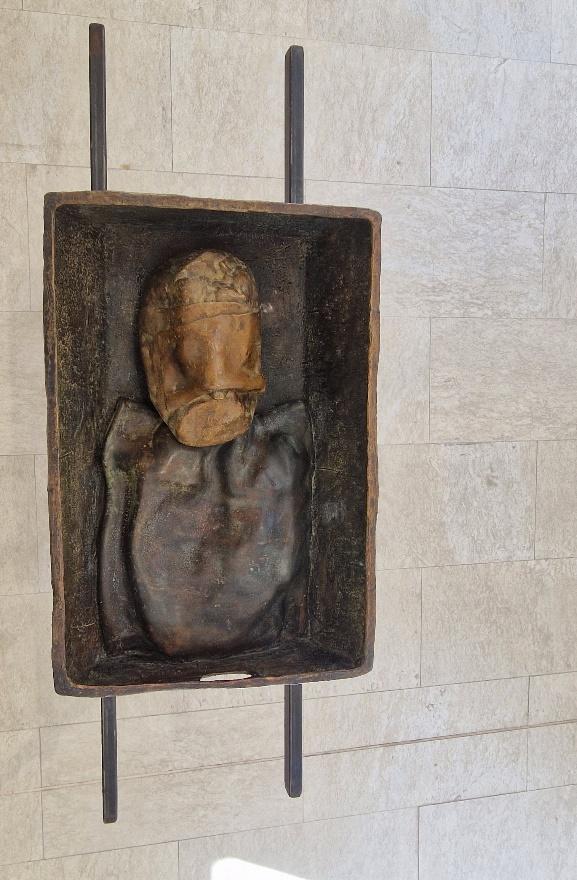
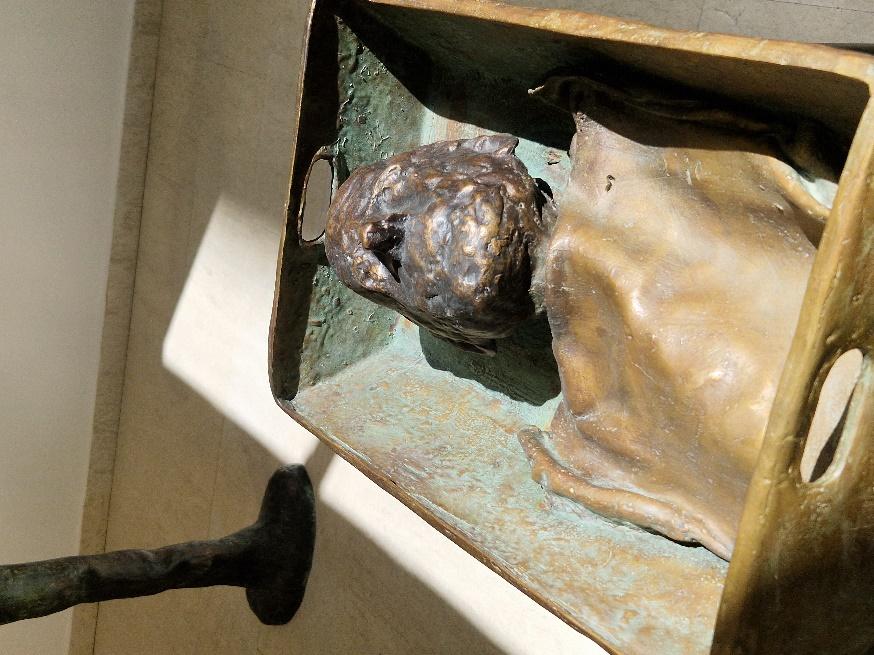
Mircea Spătaru- The Relics.
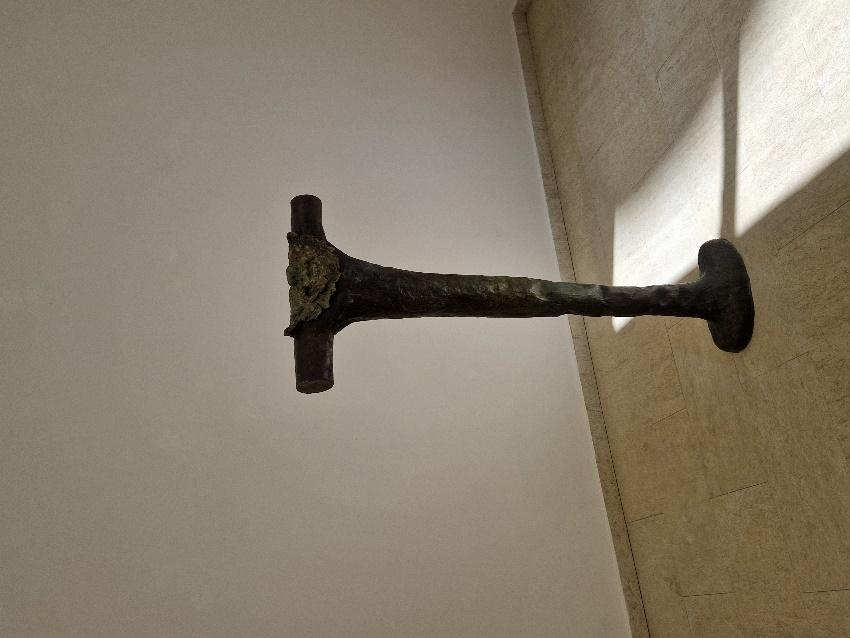
Mircea Spătaru- “Hrist”.
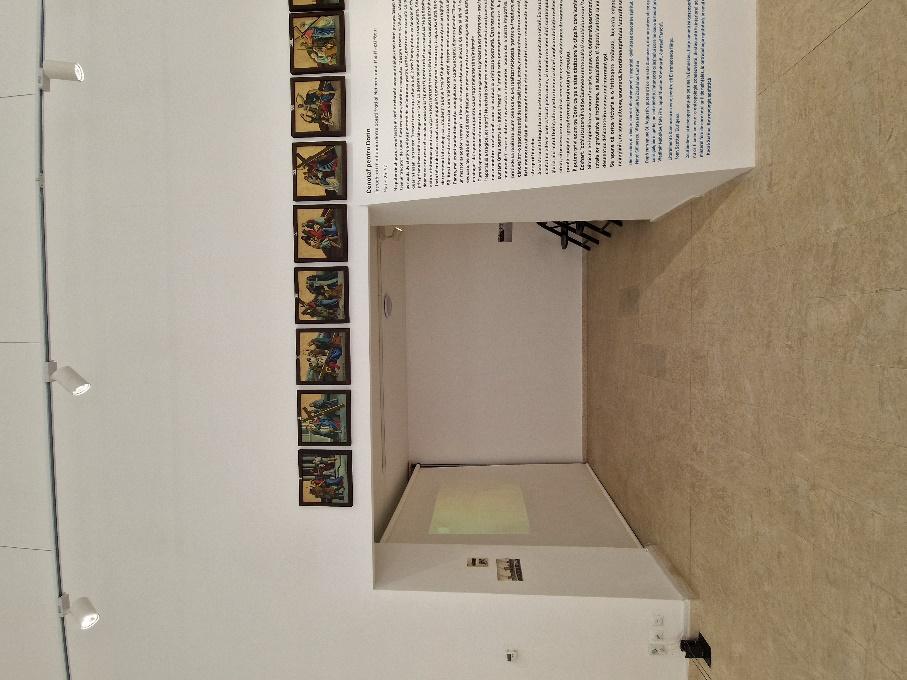
Ana Lupaș, “Preliminaries for a Round Tomb”.
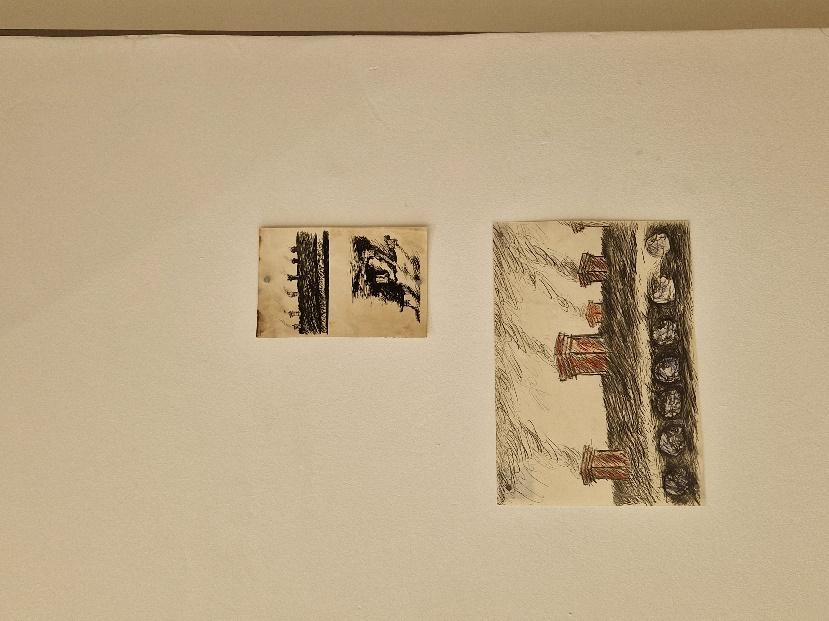
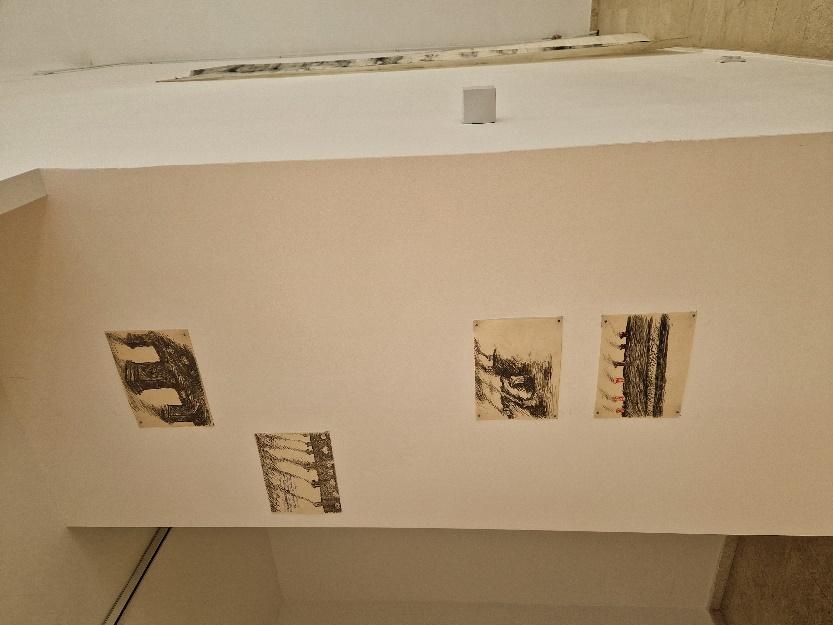
Ana Lupaș, “Sketches for a Round Tomb”.

Mircea Spătaru- “The Entombment”.

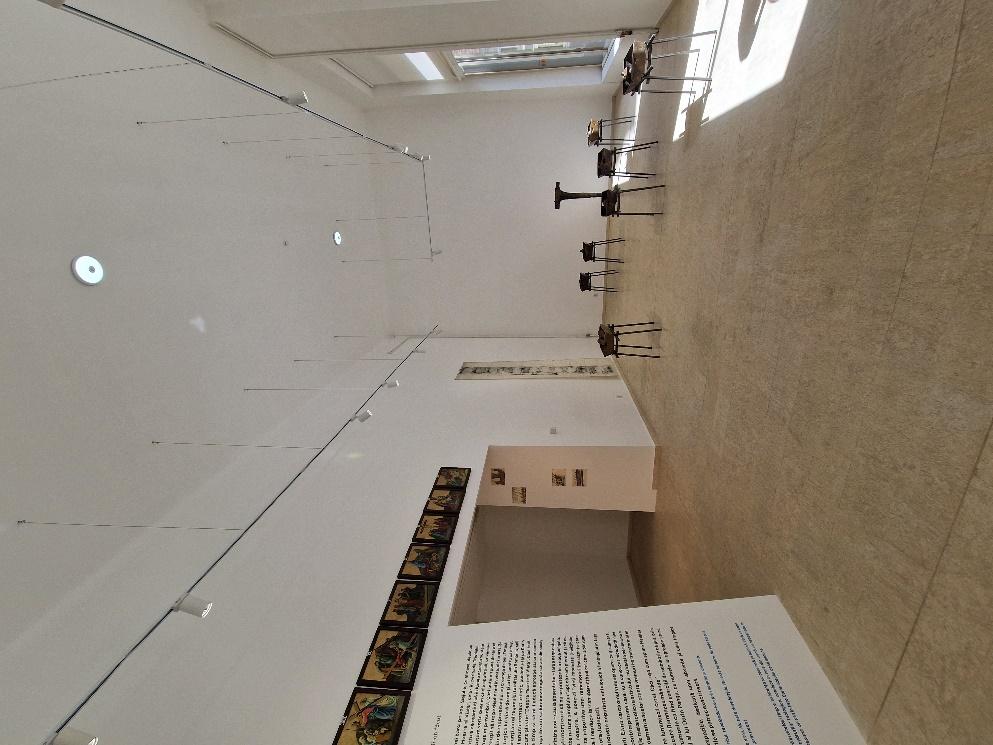
s


